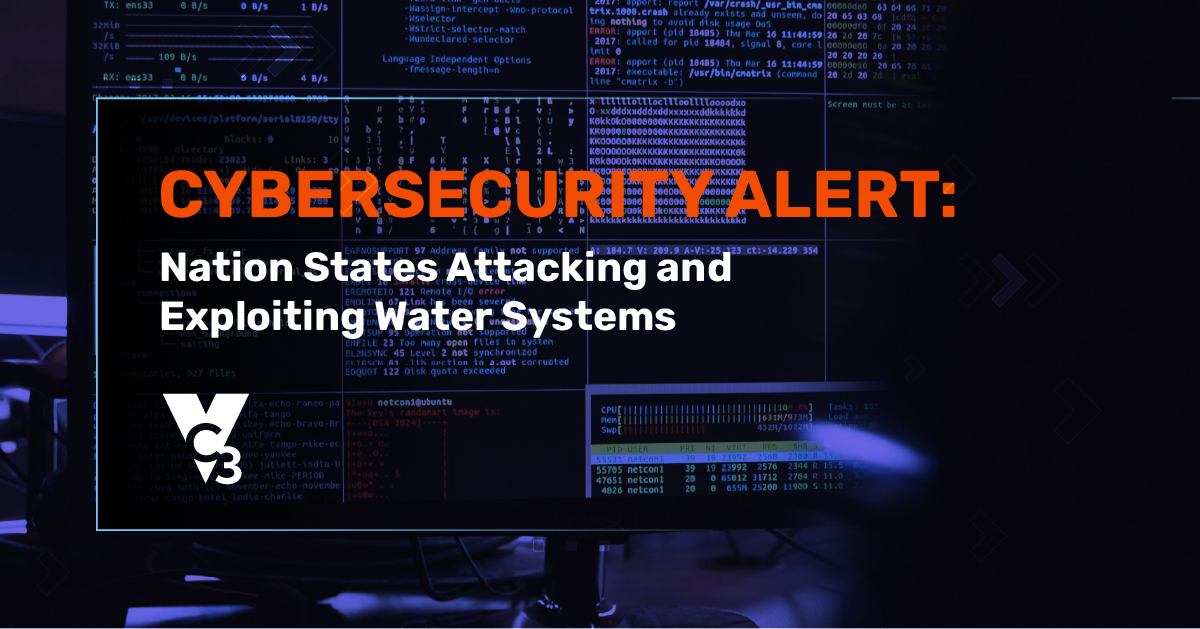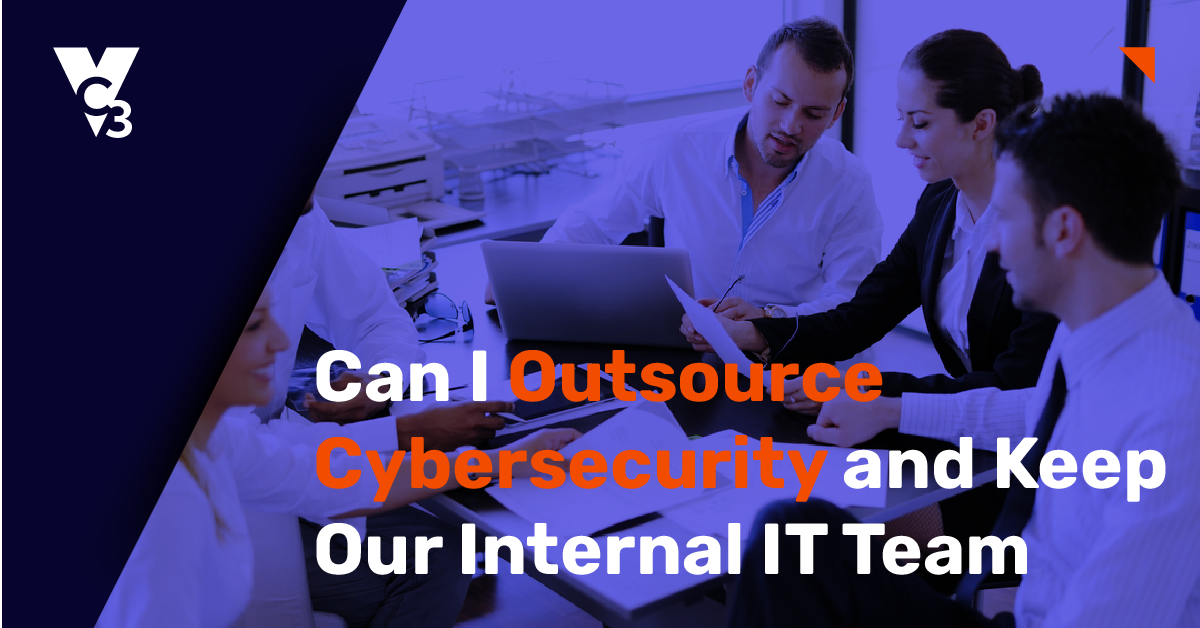Businesses deal with risks on multiple fronts, but one of the most pressing and all-encompassing is cybersecurity. Cybercriminals are at the cutting edge of technology and digital innovation, leveraging the most advanced techniques and ever-more subtle tactics in order to find vulnerabilities in networks and systems.
There are numerous ways to protect yourself against bad actors online, but the first and most important step in the process is risk analysis.
IT risk analysis explores the weaknesses and vulnerabilities in your organization and analyses the risks that internal and external threats pose. Risk analysis provides a comprehensive understanding of where you can be attacked, as well as what you stand to lose in the event of a breach.
Risk analysis is a vital part of protecting your business. It provides a method of prioritizing where to put your resources and deciding which weaknesses need to be addressed.
One of the most important parts of risk analysis is understanding the threats that currently face your business. This involves identifying your threat surface and defining the most likely and most important threat scenarios that your organization is expected to encounter.
In this post, we will explore some of the most common threat scenarios that businesses need to take into account when conducting a comprehensive IT risk assessment.
Data Exfiltration - an Inside Job
Data theft by insiders might be an unpleasant thought, but it is, unfortunately, more common than we might want to think. This is largely because it is one of the easiest and most lucrative ways to get hold of confidential data from file servers and can also be one of the hardest to track or defend against.
Not all data exfiltration by insiders is malicious. Employees who have legitimate access to data and file storage can accidentally exfiltrate data through oversight or by not taking enough care. By not adhering strictly enough to company cybersecurity protocols or even just with an accidental email sent to the wrong person, exfiltration can happen without intent surprisingly easily.
However, there are also plenty of cases of malicious data theft by insiders or by people with legitimate access to the system. This may be a case of ex-personnel who still have active credentials or access to parts of the system or unhappy employees looking to take advantage of their position.
The keys to avoiding inside jobs are training and protocol. Ensuring employees have a good understanding of risk and potential vulnerability can go a long way to preventing accidental leaks while putting a strong system of checks and balances in place can help to prevent malicious exfiltration by ensuring no one has sufficient access to be a risk.
Data Breach - an Email Gone Astray
Sending emails to incorrect or insecure addresses is one of the most common forms of accidental, non-malicious insider data exfiltration. This can result in sensitive information being shared with inappropriate or malicious outsiders and can also lead to breaches through the exposure of processes, protocols, or even personal credentials.
There is no way to fully prevent mistakes, as human error is inevitable. However, practical and comprehensive training and awareness-raising for employees can make it far less likely to occur, which is the goal of all risk analysis and threat scenario planning.
Stolen Hardware and Data Loss
Laptops and mobile devices represent a substantial potential vulnerability for almost every organization. Staff tend to have all manner of sensitive information stored on their laptops and devices, as well as access credentials, and are often careless or lax about security protocols. Additionally, in organizations where employees use personal devices for work purposes, an added level of risk is added due to a lack of consistent security measures.
Data loss from stolen hardware can be significantly reduced by implementing robust authentication procedures, ensuring regular and comprehensive patching and updates, and using a Mobile Device Management (MDM) solution. An MDM allows your organization to access and wipe information from portable devices remotely, reducing risk in the event of loss or theft.
Third-Party Mishaps
Threat scenarios are not limited to your organization. Third parties, vendors, and service providers can all offer potential vulnerabilities for your network and are often all the more problematic because they are out of your direct control. A breach at a third party can expose your data or lead to a direct route to a breach in your network.
Gaming out third-party vulnerabilities can be tricky, as you are not responsible for the cybersecurity of your vendors or service providers. It is important to assess your vendors before taking them on and to incorporate risk management into your contracts. You can also monitor third parties for potential security risks and, obviously, drop risky service providers.
Ransomware
Ransomware is a type of malware that usually encrypts data or locks workstations and demands payment in exchange for release or decryption. It is doubly dangerous as it potentially exposes data and can prevent an organization from functioning.
There are three basic responses to a malware attack. Pay the criminals, remove the malicious software and decrypt the data yourself, or restart your devices and/or system.
Threat scenarios for ransomware attacks can include business function shutdown, lack of access to crucial data, and potential data exposure, as well as the genuine possibility that paying the ransom does not result in a favourable outcome! Ransomware attacks usually come in the form of phishing emails, Trojans, software weaknesses, or Remote Desktop Protocol attacks.
Although a perfect response to ransomware attacks doesn’t exist, you can mitigate the risks and reduce the impact of threats by backing up your data regularly. This defangs many ransomware approaches, as all you need to do is reset your system and load your latest backup. It doesn’t prevent the possibility of data loss, but it avoids the knock-on impact of a successful ransomware attack.
DDoS Attacks
DDoS or Distributed Denial-of-Service attacks are essentially designed to overload a system with attacks. Multiple malicious systems using more than one IP address infected with malware overwhelm the bandwidth and resources of an organization, flooding the system and making it almost impossible to turn off. Each attack comes from a different source, so it is far harder to identify and eliminate individual attack hosts. It can be hard to differentiate between legitimate and malicious traffic, and there is a far larger chance that one attack is successful.
A DDoS attack blocks up an organization’s system by requiring it to use up all available bandwidth dealing with malicious data requests. As DDoS attacks are sudden, fast, and overwhelming, the key is prevention, not cure. Ensuring that your network security is up to date is a must, as is developing a comprehensive DDoS Response Plan so that everyone knows exactly what their role is in the event of an attack.
The above threat scenarios are obviously just an example of some of the situations your organization might face and that you should consider when carrying out a risk analysis. It is vital that you take a bespoke approach to your own IT risk assessment and threat surface profile, but these are a great place to start!
To find out more about risk evaluation and cybersecurity for your business, get in touch with VC3 today.





